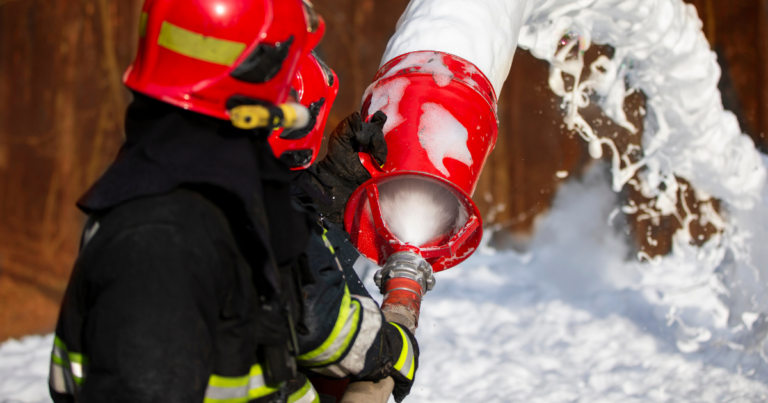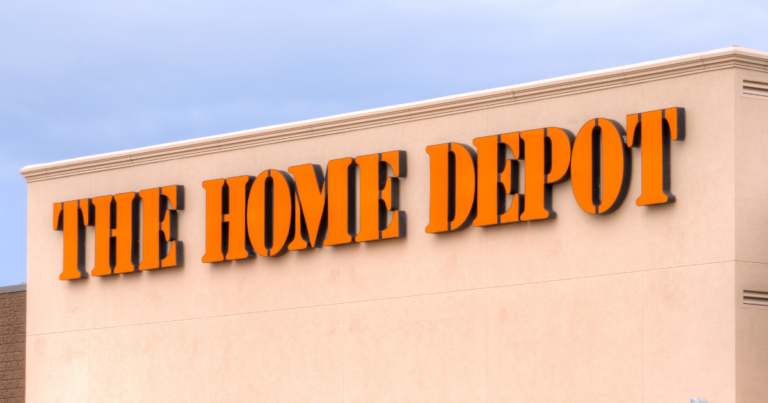Michigan, Missouri, New Mexico, Nevada Polls Mirror Nationwide Results
WASHINGTON – A nationwide poll and four separate, statewide polls found similar strong support for bolstering protections against toxic chemicals. By overwhelming bipartisan margins, Americans support strengthening the 35-year-old Toxic Substances Control Act (TSCA), according to new polls released today by the Natural Resources Defense Council (NRDC), the Safer Chemicals Healthy Families Coalition, and the Ecology Center.
“Americans of all stripes have real concerns about the toxic chemicals we are exposed to every day – and the serious health problems they cause,” said Daniel Rosenberg, director of NRDC’s toxic chemicals reform project. “Protecting us from chemicals linked to cancer, learning disabilities, infertility and other health problems should be a top priority for Congress. This really can’t wait.”
NRDC and the Safer Chemical Healthy Families coalition strongly support the Safe Chemicals Act, S. 847, introduced by Sen. Frank Lautenberg, D-N.J. The bill updates TSCA by requiring manufacturers to show that their chemicals are safe in order to sell them. It also streamlines the Environmental Protection Agency’s (EPA) ability to limit uses of a chemical that may harm public health or the environment.
“As the Senate moves closer to a vote on the Safe Chemicals Act, Senators should keep in mind that the partisan divisions that wrack Congress do not reflect the views or desires of the American people,” said Andy Igrejas, campaign director of Safer Chemicals, Healthy Families.
A nationwide poll conducted by Public Opinion Strategies (POS) for NRDC found:
- Nearly 74 percent of those polled think the threat posed to people’s health by the exposure to toxic chemicals is serious, with 34 percent saying they think the threat is “very serious.”
- 68 percent of respondents support stricter regulation of chemicals used and produced in the United States, with support across all demographic sub-groups, including those typically opposed to government regulation, such as self-described conservatives (54 percent) and tea party supporters (51 percent).
- Description of a proposal that would require the chemical industry to prove that its products are safe and give EPA greater authority to restrict some or all uses of chemicals that may harm health or the environment garnered support from 77 percent of respondents.
“Even when we presented robust arguments on both sides of the issue, those we polled continued to side with supporters of reform,” said Lori Weigel, a partner at polling firm Public Opinion Strategies, who conducted the national poll for NRDC.
POS and Fairbank, Maslin, Maullin, Metz & Associates (FM3) also conducted a poll in New Mexico that found:
- 76 percent of respondents consider chemical exposure a serious health threat in day-to-day life.74 percent of respondents support the legislation described that would increase EPA authority and require that the chemical industry prove its products are safe – including 81percent of women, and 78 percent of Latino respondents.
Meanwhile, separate polls conducted by The Mellman Group for the Safer Chemicals Healthy Families Coalition in Nevada and Missouri found:
- 62 percent of respondents in Missouri support stricter regulation of chemicals, and 64 percent support the provisions of legislation to strengthen the current law;
- In Nevada, 61 percent of respondents support stricter regulation while 64 percent support the provisions of the legislation.
“There is a rare depth of public support for tackling the issue of toxic chemicals that crosses party lines,” said Mark Mellman of the Mellman Group, who conducted statewide polling on the issue in Nevada, Missouri this month and Montana, Ohio, Wisconsin and Pennsylvania in 2011.
Finally, a Michigan poll conducted by POS with Greenberg, Quinlan, Rosner Research for Ecology Center in Michigan found 74 percent of respondents supportive of legislation described to increase EPA’s authority to regulate chemicals and require chemical companies to prove that their products are safe. The poll also found 61 percent of respondents were extremely or very concerned about the health impacts from toxic chemicals in the Great Lakes, and 32 percent were somewhat concerned. A mere 6 percent were not concerned.
“The findings of this poll demonstrate that Michiganders support a change in the way our nation deals with toxic chemicals,” said Rebecca Meuninck, campaign director of the Michigan Network for Children’s Environmental Health. “Michigan residents are concerned about the impacts toxic chemicals have on their health and the health of the Great Lakes.”
Information on the polls can be found here:
National poll: http://pos.org/documents/12368_national_key_findings_final.pdf
New Mexico poll: http://pos.org/documents/220-3464_nm_memo_final.pdf
Missouri and Nevada polls (along with results from OH, WI, PA and MT conducted by the Mellman group for Safer Chemicals Healthy Families in 2011): https://saferchemicals.org/wp-content/uploads/sites/3/2014/05/mellmanJuly2012.pdf
Michigan poll: http://pos.org/documents/mi_memo_d.pdf
About the polls: For the national poll, Public Opinion Strategies conducted a telephone survey of 800 registered voters nationwide. The survey, conducted June 25 through June 27, 2012, has an overall margin of error of +/-3.46 percent nationwide.
In New Mexico, POS and FM3 surveyed 503 likely voters, between June 28 through July 1, 2012 and has a margin of error of +/-4.38%.



